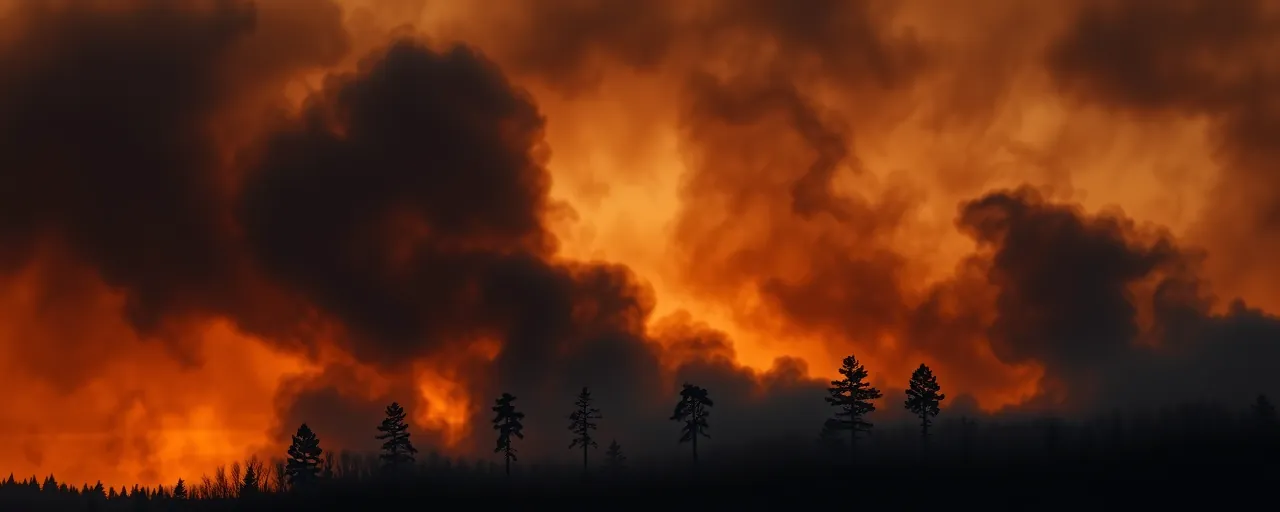Smoke That Kills Quietly
In California, wildfire smoke poses a deadly risk for lung cancer patients. A study of over 18,000 individuals diagnosed with non-small cell lung cancer from 2017 to 2020 found that exposure to fine particulate matter, or PM2.5, from wildfires raises the risk of death by 20 percent. This revelation highlights a pressing health crisis as wildfires grow more frequent and intense across the state.
The effects vary by patient. Those with stage IV lung cancer who never smoked face a 55 percent higher mortality risk under heavy smoke conditions. Intriguingly, patients with a smoking history on immunotherapy sometimes fare better during severe smoke events, suggesting complex interactions between smoke and treatment responses. These findings demand a deeper look at how environmental factors shape medical outcomes.
The Science of Smoke’s Harm
Wildfires have surged, doubling in frequency over the past 20 years. By April 2025, over 800,000 acres had burned in the Western United States. The smoke from these fires carries PM2.5, tiny particles that lodge in the lungs, sparking inflammation and worsening conditions like heart disease, asthma, and lung cancer. For patients already battling cancer, this exposure can tip the scales toward worse outcomes.
The danger persists long after the fires fade. Studies show spikes in hospital visits for heart and lung issues months after smoke exposure. Wildfire smoke’s high carbonaceous content triggers systemic inflammation and immune disruptions, hitting vulnerable groups hardest. For lung cancer patients, these effects can accelerate disease progression, making clean air a matter of survival.
Competing Paths Forward
Public health experts call for robust air quality protections. They advocate strengthening the Clean Air Act’s PM2.5 standards and expanding air monitoring, especially in low-income and rural communities disproportionately affected by smoke. These measures, they argue, could reduce health risks and build resilience in healthcare systems facing climate-driven threats.
Industry voices offer a different approach. They highlight the multifaceted causes of wildfires, like overgrown forests and prolonged droughts, and question the effectiveness of stricter regulations. Instead, they prioritize adaptive solutions, such as enhancing medical treatments to withstand smoke exposure and supporting forest management practices like controlled burns to reduce fire risks.
A Shared Challenge
The divide in solutions mirrors broader debates over climate and health. Regulatory efforts aim to curb pollution at its source, while adaptive strategies prepare systems for unavoidable challenges. Both perspectives recognize the urgent need to address wildfires’ growing impact on vulnerable populations.
For lung cancer patients, the study signals a need to weave environmental considerations into treatment plans. Oncologists may adjust therapies based on smoke exposure risks, particularly in fire-prone areas. Policymakers, meanwhile, must weigh immediate health safeguards against long-term efforts to tame wildfire threats through land management and climate action.
As wildfires reshape the air and lives of those breathing it, the stakes are clear. Protecting lung cancer patients and others at risk requires blending science, policy, and community efforts to clear the air and secure a healthier future.
